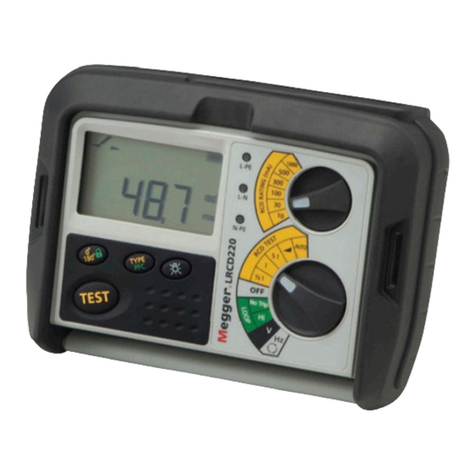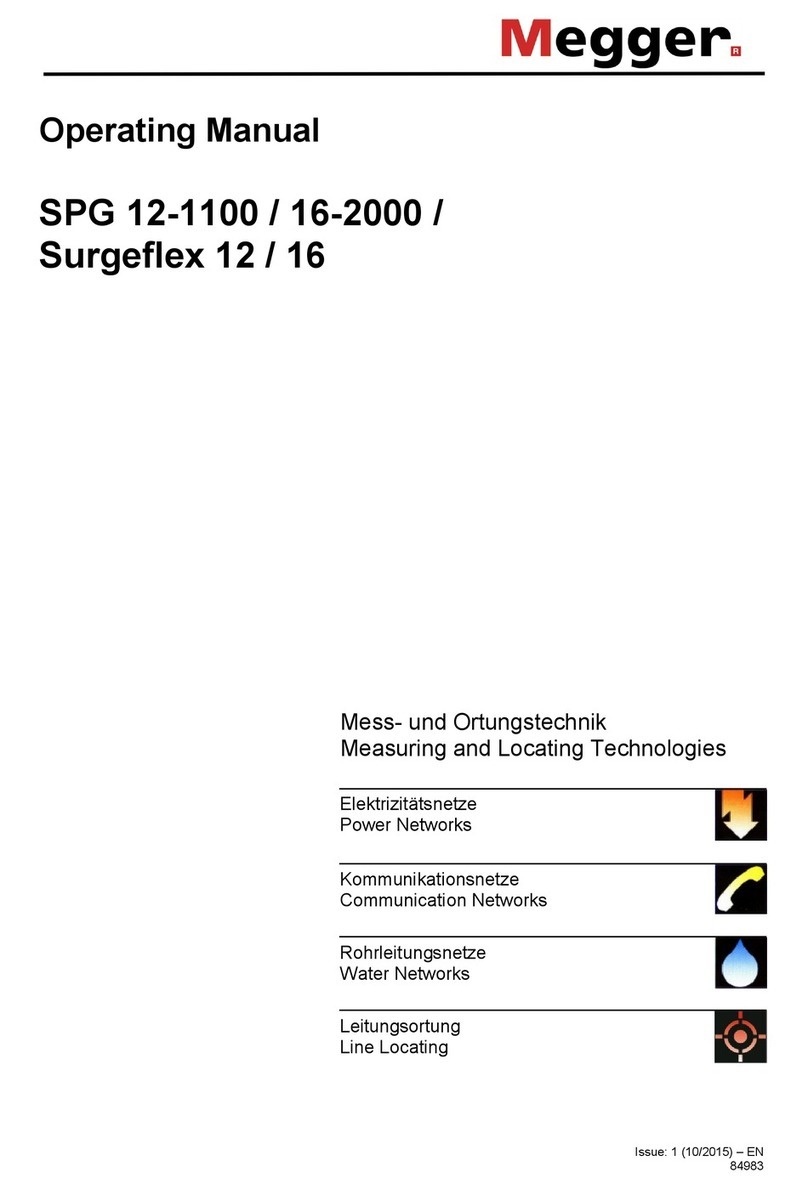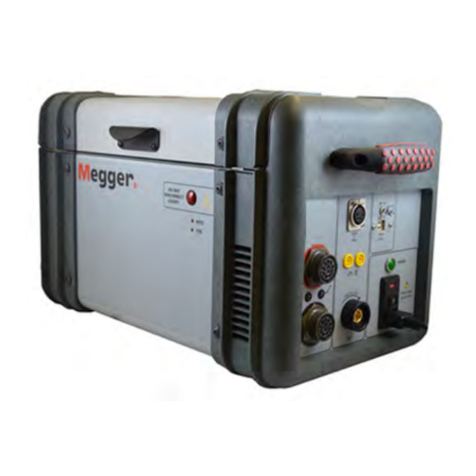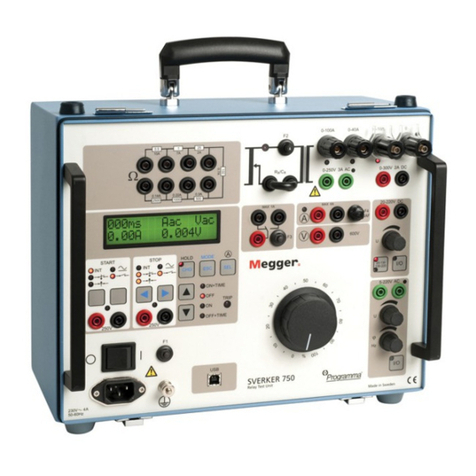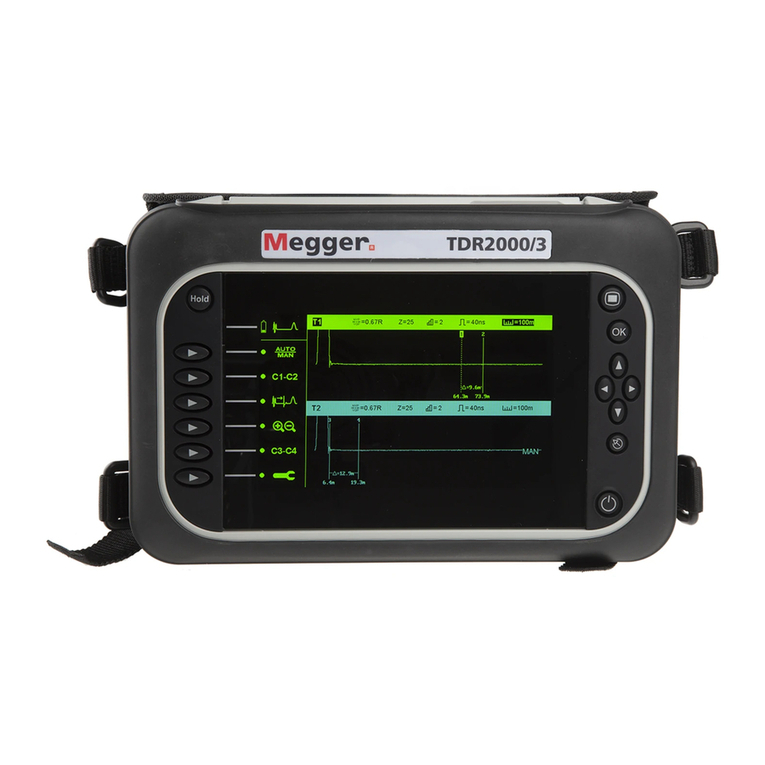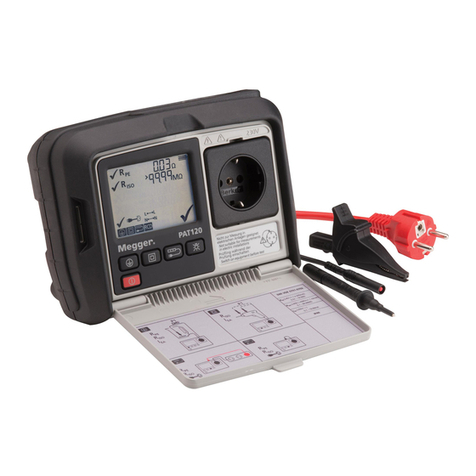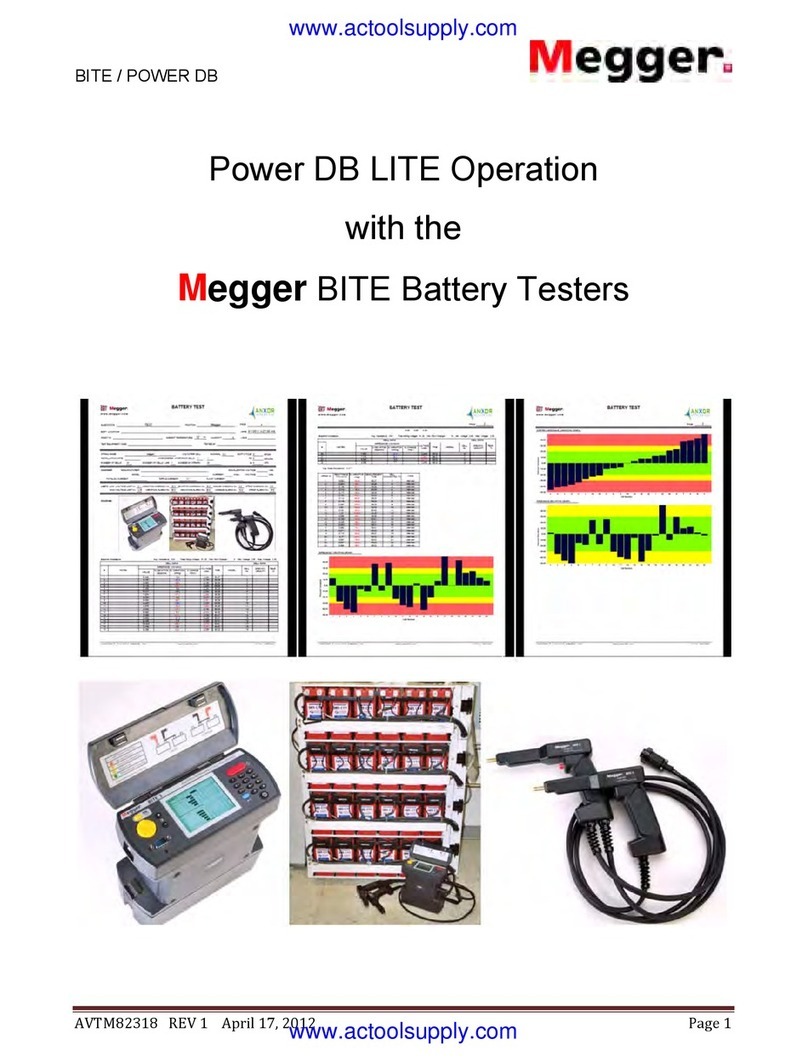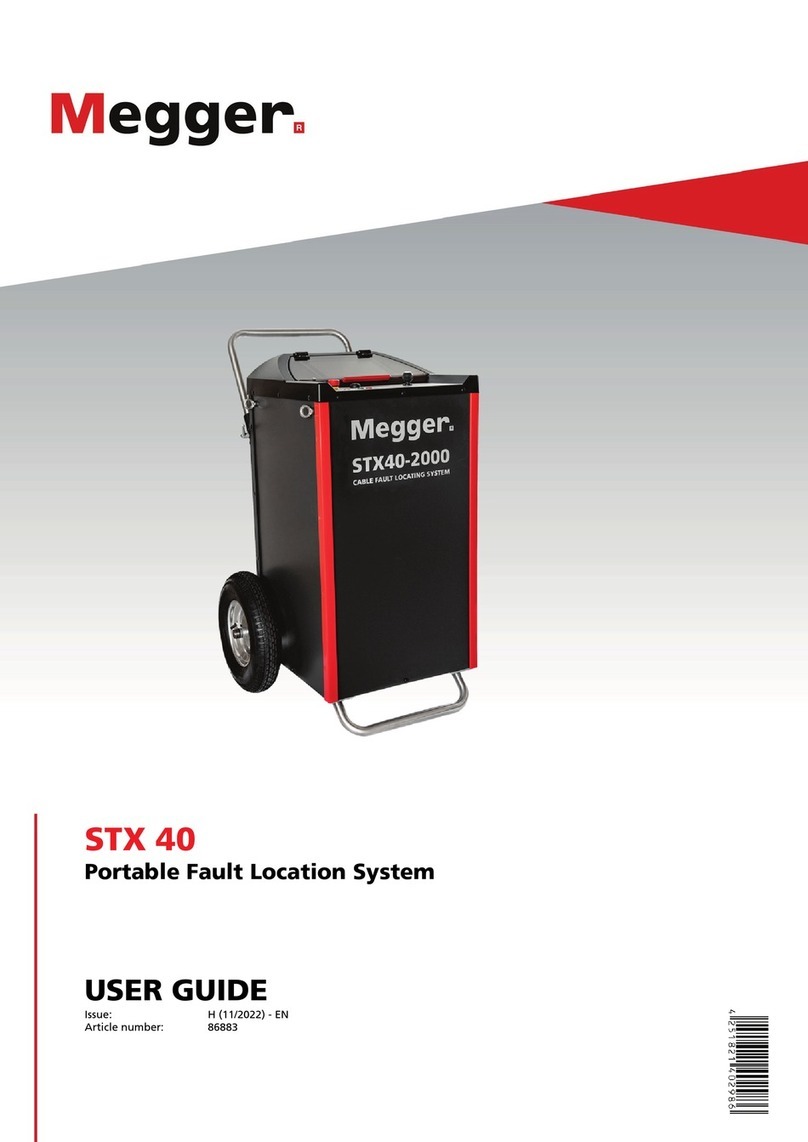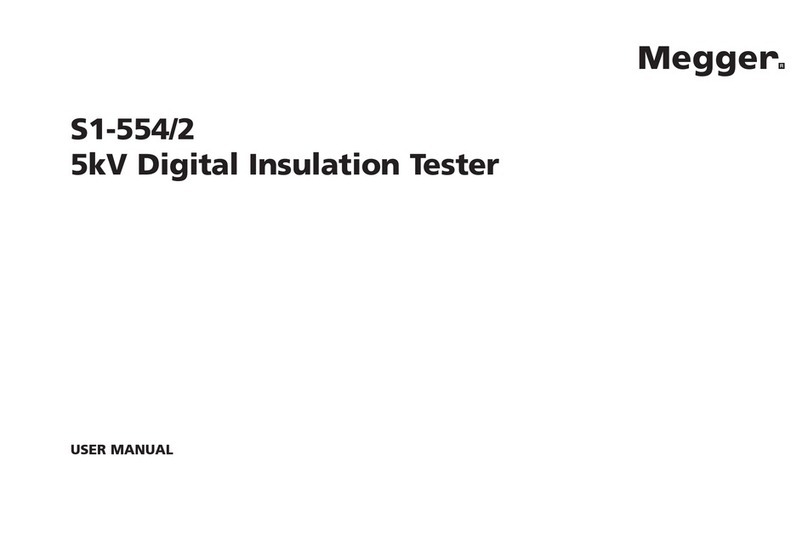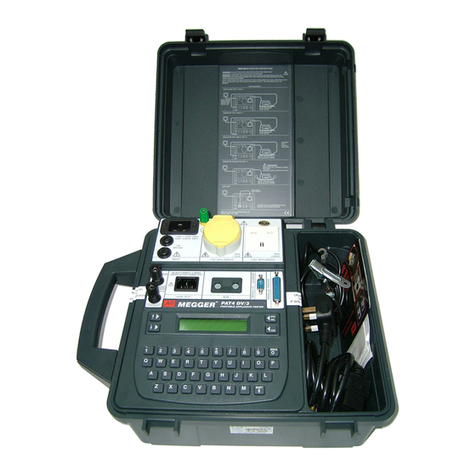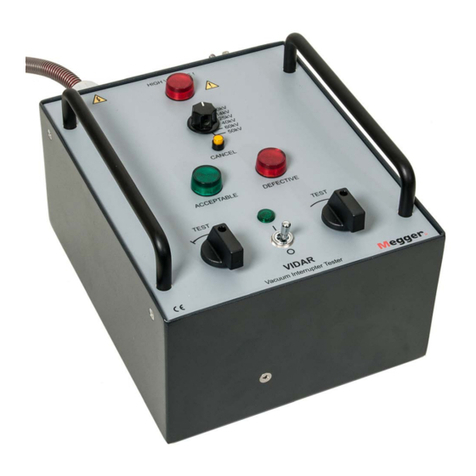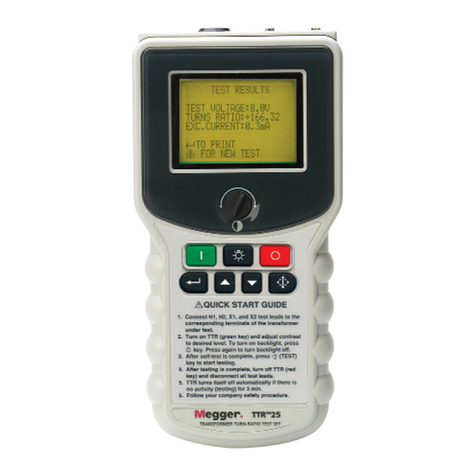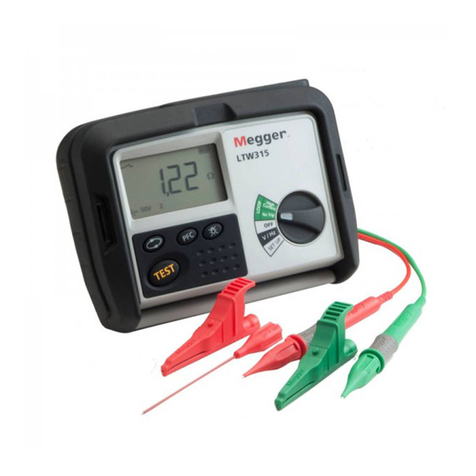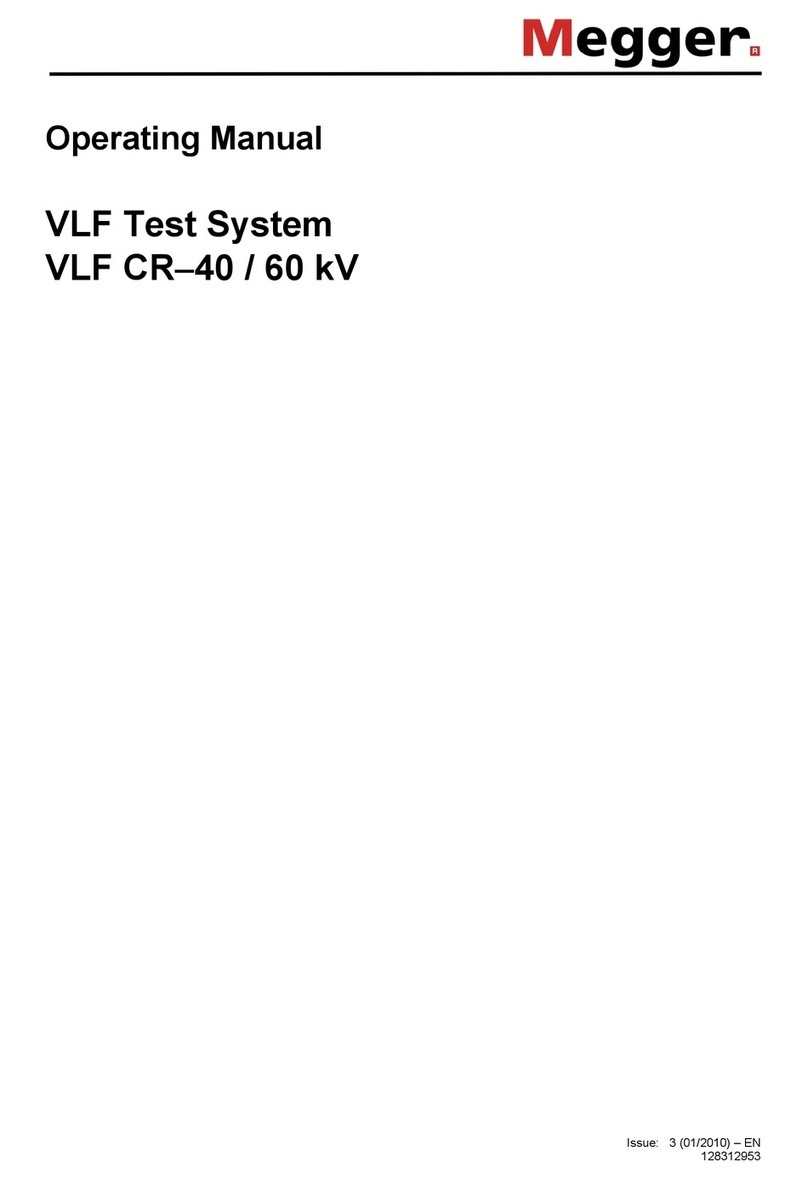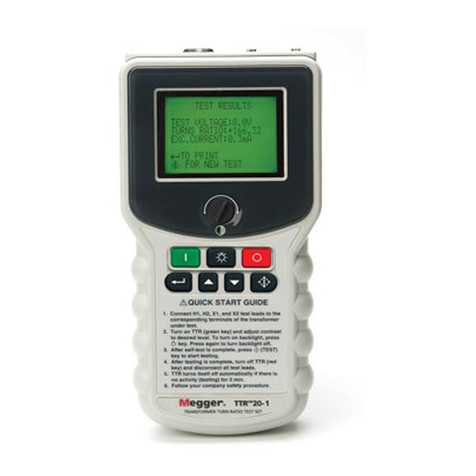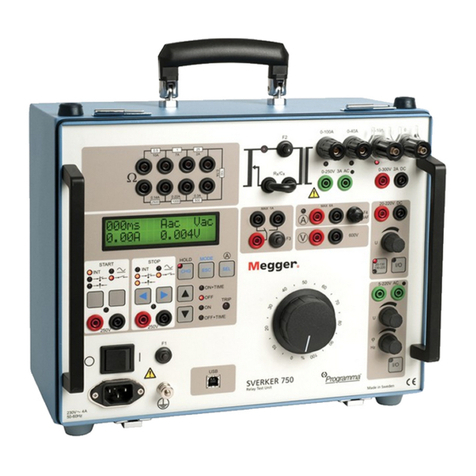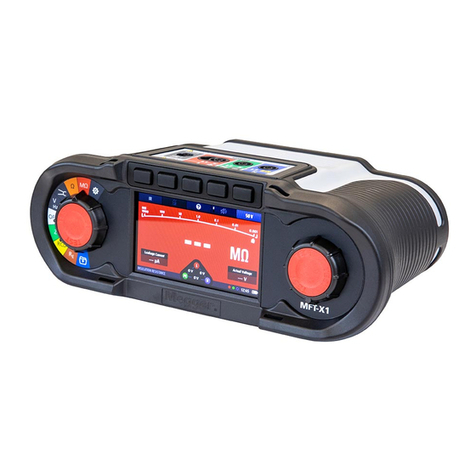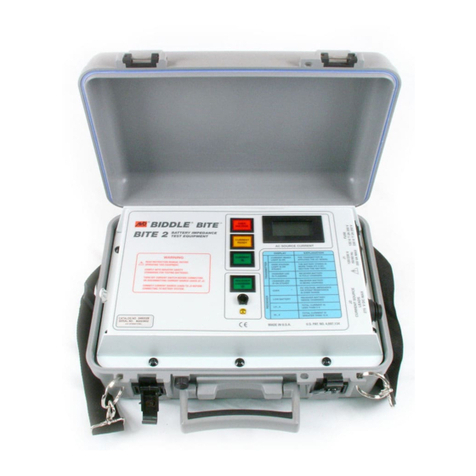
SG32-UG-EN-V01 Dec 2016
i
Table of Contents
1 SPECIFICATIONS...............................................................................................................................1
Supply.........................................................................................................................................................1
Input Voltage Source ............................................................................................................................1
Modes of Operation.................................................................................................................................1
HIGH VOLTAGE ...............................................................................................................................1
Surge Impulse (Voltage Impulse) .....................................................................................................2
Arc Reflection & Arc Reflection (Multi-shot) Prelocating ...........................................................2
ICE / Surge Pulse / Current Decoupling / Impulse Current Prelocating ................................2
LOW VOLTAGE.................................................................................................................................3
MTDR 100 (Time Domain Reflectometer, built into lid) ............................................................3
Metering.....................................................................................................................................................3
Environmental..........................................................................................................................................3
Safety..........................................................................................................................................................4
Dimensions & Weights............................................................................................................................4
Accessories ................................................................................................................................................4
Standard (supplied with instrument)...................................................................................................4
Optional (not supplied as standard)....................................................................................................5
2 GETTING TO KNOW YOUR SG32-1500M.................................................................................7
Basic Operating Principle of User Interface ........................................................................................7
All Controls ............................................................................................................................................7
Overview of Methods available on the SG32-1500M ........................................................................7
TDR / Pulse Reflection........................................................................................................................7
Arc Reflection ........................................................................................................................................7
Arc Reflection (Multi-shot)..................................................................................................................7
Differential Arc Reflection (DART)...................................................................................................8
ICE (Impulse Current, Surge Pulse or Current Decoupling)..........................................................8
Top Panel Controls..................................................................................................................................9
Metering...................................................................................................................................................12
External Connections ............................................................................................................................13
External Connections cont’d................................................................................................................14
Integrated MTDR...................................................................................................................................15
3 SAFETY ................................................................................................................................................17
General Safety Precautions ...................................................................................................................17
Handling Guidance .............................................................................................................................17
Safety in Using the SG System.............................................................................................................19
4 PREPARING FOR TEST..................................................................................................................21
IMPORTANT SAFETY WARNINGS.............................................................................................21
Site Preparation.......................................................................................................................................21
Making Connections..............................................................................................................................22
Earth (Ground) the Instrument.........................................................................................................22
AC Supply Cord...................................................................................................................................22
HV-Return / Sheath / Concentric connection...............................................................................23
High Voltage Cable Connection........................................................................................................23
Safety Zone...........................................................................................................................................23
